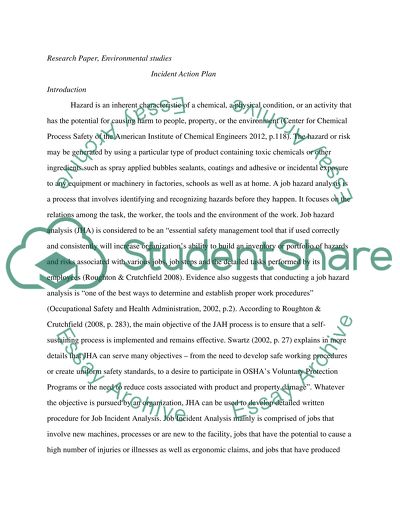Cite this document
(“Incident Action Plan Research Paper Example | Topics and Well Written Essays - 1750 words”, n.d.)
Incident Action Plan Research Paper Example | Topics and Well Written Essays - 1750 words. Retrieved from https://studentshare.org/environmental-studies/1486169-incident-action-plan
Incident Action Plan Research Paper Example | Topics and Well Written Essays - 1750 words. Retrieved from https://studentshare.org/environmental-studies/1486169-incident-action-plan
(Incident Action Plan Research Paper Example | Topics and Well Written Essays - 1750 Words)
Incident Action Plan Research Paper Example | Topics and Well Written Essays - 1750 Words. https://studentshare.org/environmental-studies/1486169-incident-action-plan.
Incident Action Plan Research Paper Example | Topics and Well Written Essays - 1750 Words. https://studentshare.org/environmental-studies/1486169-incident-action-plan.
“Incident Action Plan Research Paper Example | Topics and Well Written Essays - 1750 Words”, n.d. https://studentshare.org/environmental-studies/1486169-incident-action-plan.


